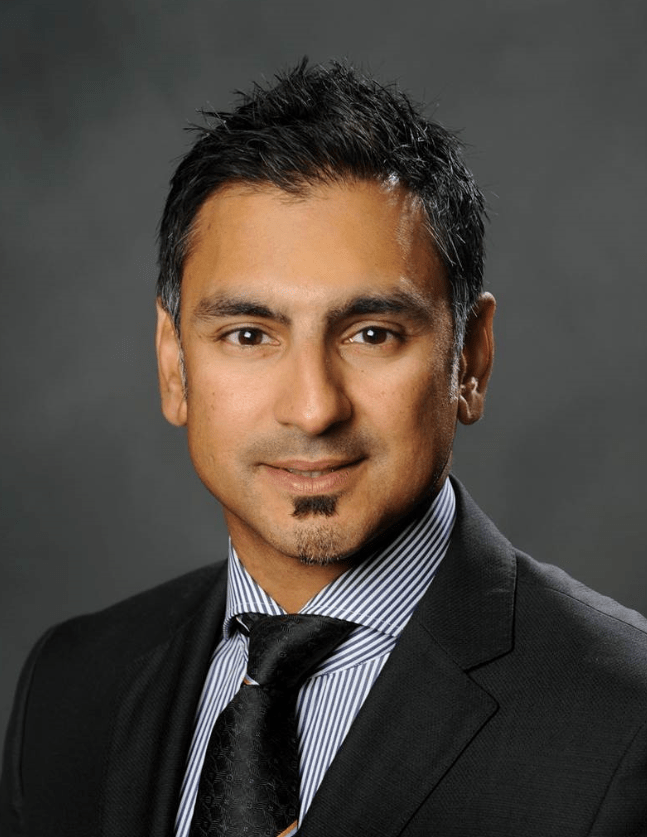Jaw Surgery makes a Difference for Young Patient with Severe Effects of Nemaline Myopathy
July 12, 2018

 Fasisal A. Quereshy, MD, DDS
Fasisal A. Quereshy, MD, DDS
Innovations in Pediatrics - Summer 2018
Oral and maxillofacial surgeon Faisal A. Quereshy, MD, DDS, Program Director of Oral and Maxillofacial Surgery at UH Cleveland Medical Center and Assistant Professor of Surgery, Case Western Reserve University School of Dental Medicine, performs jaw surgery dozens of times a year. He has incorporated 3D computer planning, as well as practicing on a 3D-printed model, for the past decade. However, a recent complex case posed a challenge to even someone with his skill, experience and technological know-how.
“It was the first case like this I’ve done in 25 years -- the most severe,” says Dr. Quereshy, Program Director of Oral and Maxillofacial Surgery at UH Cleveland Medical Center.
The challenge was nemaline myopathy, which had created deformity in his 14-year-old patient’s jaw and mouth structure, preventing her from closing her mouth. The congenital neuromuscular condition had also given Dr. Quereshy’s patient the telltale characteristics of a myopathic face – long face, increased facial height, incompetent lips, a high, arched palate and an open bite.
Despite facing a daunting, multi-year process involving multiple surgeries, the patient was determined to move forward. Her goal? To talk and sing, perhaps even swallow so that she could disconnect from her feeding tube.
Dr. Quereshy and orthodontic colleagues in the Case Western Reserve University School of Dental Medicine began the process in 2012.
“This required almost six years of preparation, to get her to this past February where we performed the last operation,” he says. “There were three surgical steps that we did to get here. The upper jaw was very small, so we expanded it and made it wider. During the second operation, we pulled some teeth to make more space and performed segmental jaw surgery to get the upper jaw level. We wanted the teeth to be nice and straight so that our later surgery would be successful. The final operation was a nine-hour, major surgery to reposition the upper and lower jaw, along with chin bone, and accomplish the facial contour we wanted.”
Dr. Quereshy says he and the patient, now 20, are both pleased with the final results.
 Dr. Faisal Quereshy
Dr. Faisal Quereshy“When she presented to us, she could not close her lips, could not swallow, could not make sounds to speak or purse her lips together,” he says. “Now she’s able to close her mouth and speak some sounds. She’s undergoing intensive speech therapy now. A GI specialist will help with the swallowing function to see if that can improve with time. Getting her lips and teeth together, hopefully that will allow her to use her tongue a little bit to throw the food back and swallow.”
Dr. Quereshy says this case has made him more aware that new technical innovations can provide virtual surgery and planning for the most complex surgical cases.
“The operation itself – it follows basic principles of what I do every day,” he says. “But her case was so severe that we had to think outside the box. As severe as a condition can be, we do have technology now that can allow us to better plan procedures. I was really confident after I planned her case that the results would be lasting. We had a really good understanding that we could accomplish this. We’re in the 21st century of surgical medicine, and we can offer patients a more normal life.”
For more information about this case, email Peds.Innovations@UHhospitals.org.Tags:


